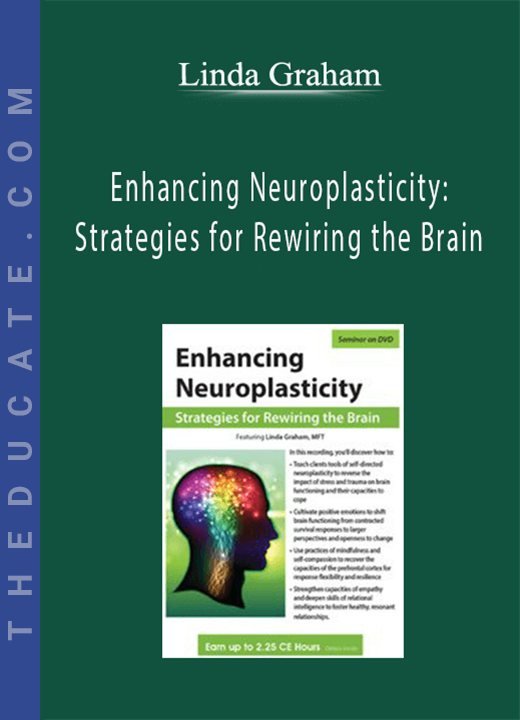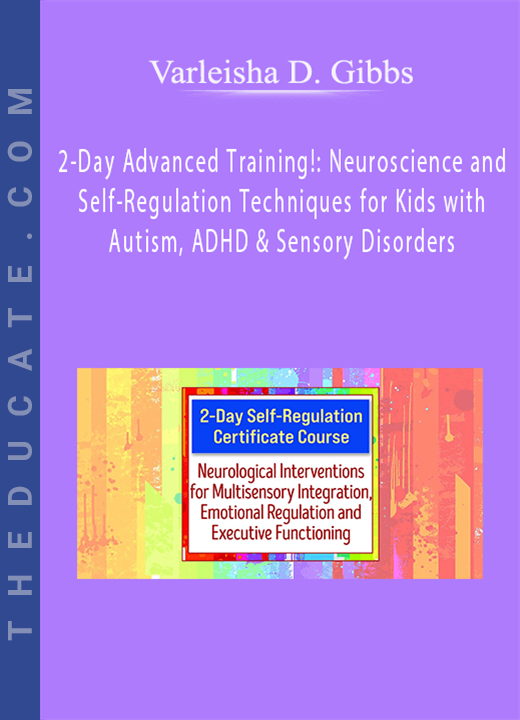Description
Enhancing Neuroplasticity: Strategies for Rewiring the Brain – Linda Graham
The more we apply the discoveries of neuroscience to our clinical work, the more skilled we can become at tailoring interventions to match clients’ specific difficulties and guide them through the changes in brain functioning that best catalyze their growth. Whether clients are stuck in repetitive defensive patterns, struggling to stabilize a coherent sense of self, or progressing slowly toward new resilient behavior, teaching clients specific tools for rewiring the brain can lead to their thriving and flourishing beyond the consulting room. In this workshop, you’ll discover how to:
- Teach clients tools of self-directed neuroplasticity to reverse the impact of stress and trauma on brain functioning and their capacities to cope
- Cultivate positive emotions to shift brain functioning from contracted survival responses to larger perspectives and openness to change
- Use practices of mindfulness and self-compassion to recover the capacities of the prefrontal cortex for response flexibility and resilience
- Strengthen capacities of empathy and deepen skills of relational intelligence to foster healthy, resonant relationships.
- Discover how to teach clients tools of self-directed neuroplasticity to reverse the impact of stress and trauma on brain functioning and their capacities to cope
- Discover how to cultivate positive emotions to shift brain functioning from contracted survival responses to larger perspectives and openness to change
- Discover how to use practices of mindfulness and self-compassion to recover the capacities of the prefrontal cortex for response flexibility and resilience
- Discover how to strengthen capacities of empathy and deepen skills of relational intelligence to foster healthy, resonant relationships
- Choosing experiences to rewire the brain
Mindfulness
- Compassion
- Tools of intelligence
- Purposes of enhancing neuroplasticity
Regulation, relation, reflection and resilience
- Strategies for implementing positive neuroplasticity
- Brain structures and systems related to perception of safety
Functions of sympathetic and parasympathetic nervous system
Consequences of hypoarousal and hyperarousal
- Unconscious nature of autonomic systems
- Therapeutic interventions to optimize feelings of safety
Beneficial exercises: breath, touch, posture and movement
Nonverbal cues and therapeutic communication
- Therapeutic resonance and healing
Techniques for developing resonance
Deep listening and acceptance of emotions
- Mindfulness and self-compassion
- Therapeutic exercise: Compassionate friend
- Shifting brain functioning through positive emotions
Neuroscience research
Gratitude exercise: Web of life
- Imagination
- Default mental play space
Therapeutic exercise: Wished for outcome
- Meta-processing and brain change
Journaling and creating a coherent narrative
- Summary and clinical take-aways







6 reviews for Enhancing Neuroplasticity: Strategies for Rewiring the Brain – Linda Graham
There are no reviews yet.